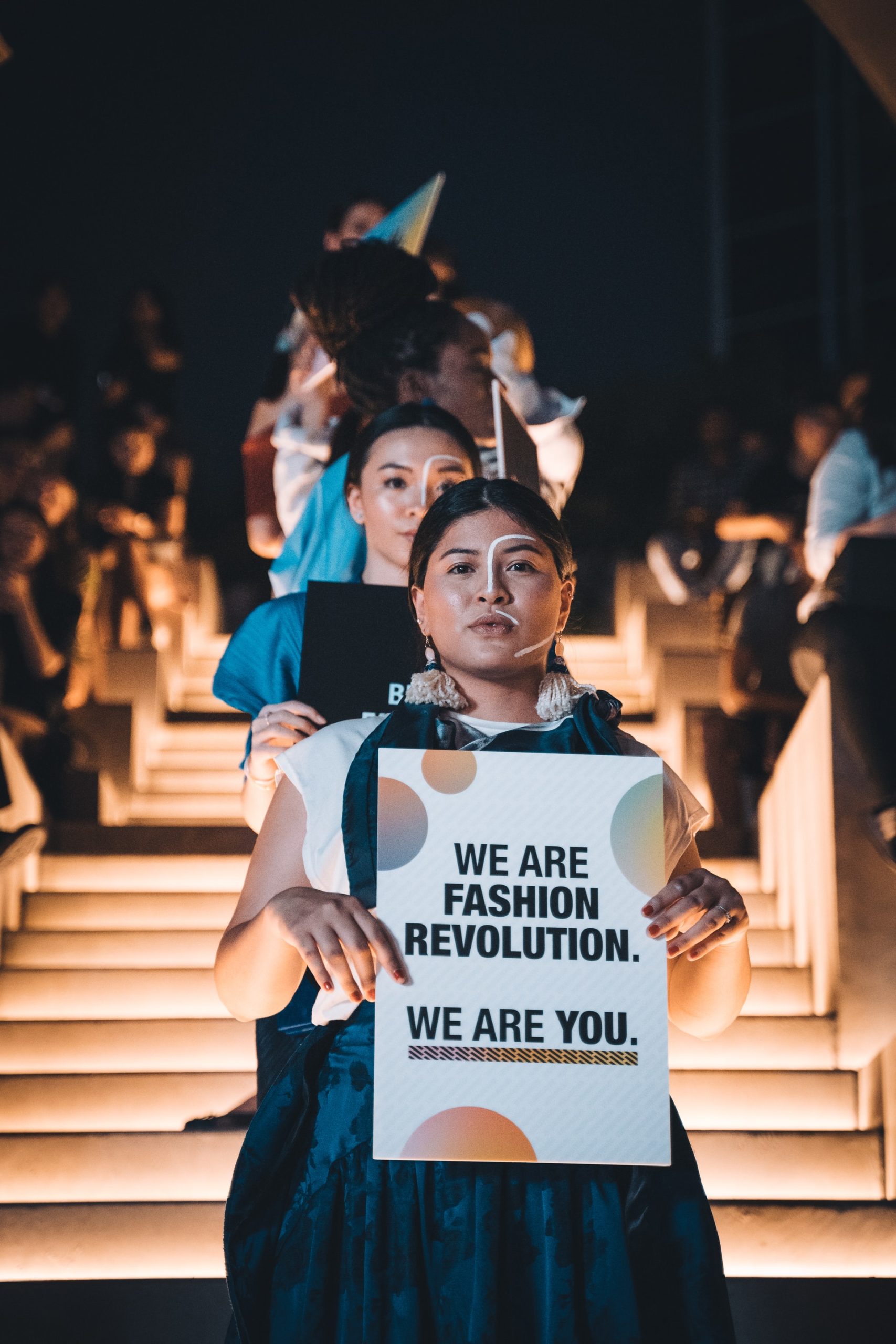Sustainable fashion is an ever-evolving movement and evolving process of cultivating change in the global fashion industry towards greater social justice and environmental integrity. Sustainable fashion focuses more on the entire fashion system than only addressing clothing materials or fashion items. It includes addressing the entire system of fashion from the point of production to the consumer end.
For a garment to be considered sustainable, it must have a direct relationship with the actual source of the fabric or garment. For instance, all dresses and clothing that are made from a by-product of other industries should be considered as sustainable, as opposed to garments that are made from a natural resource (such as bamboo). The most important element of a sustainable fashion is the use of recycled or renewable fabrics. By using renewable and recycled materials, the production of the garments become more energy-efficient and pollution-free. Additionally, since the entire supply chain for these types of garments is re-sourcing the raw materials, it creates a win-win situation for both the environment and business.
A majority of the ethical fashion brands make use of completely green production methods. They focus on organically grown cotton and other natural fibers. They avoid the use of chemicals such as pesticides and fertilizers. In addition to this, many ethical fashion brands also make use of closed loop systems when manufacturing their clothes. Closed loop systems help to reduce waste, which helps to save water, energy and resources. Also, a closed loop system ensures that once a garment has been manufactured, the clothing does not contain any trace of hazardous materials.
While a majority of the brands use organic fabrics, some brands use materials that will not harm the earth. Clothes made from organic fabrics will not come apart easily, will resist stains and dirt, and will not cause skin allergies. As far as the colors are concerned, they are often neutral colors, which do not attract negative attention.
An additional factor that contributes to the sustainability of a brand is its social responsibility. Most of the top brands in the fashion industry have a social responsibility policy that helps them promote the environment. For instance, many brands have chosen to support the Greenmarkets, which aims at creating a sustainable agricultural sector in developing countries. By purchasing products from this brand, you can help the environment in many ways. As an ethical fashion brand, you will be contributing towards a cleaner and healthier planet for generations to come.
Many people tend to think that purchasing eco-friendly and sustainable products means compromising on style. This is definitely not true. There are many brands in the fashion industry that offer classic, classy, elegant and sustainable designs. The key to sustainable fashion is finding the right combination between style and sustainability.

